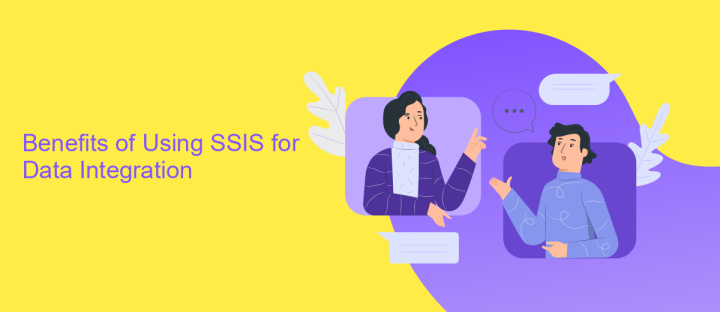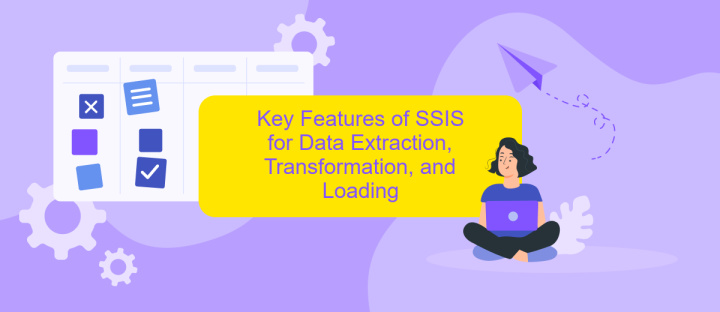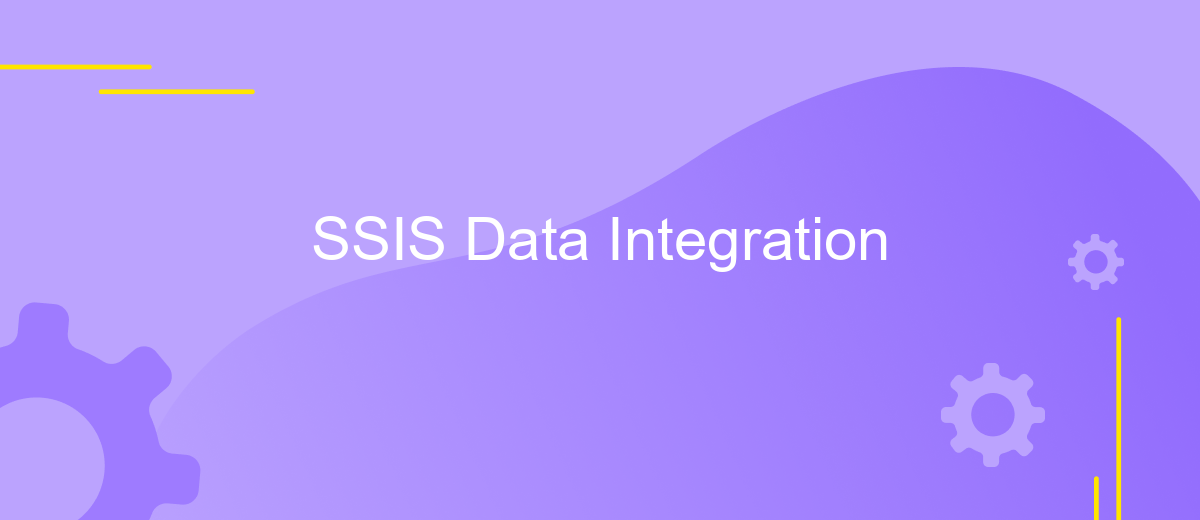SSIS Data Integration
SSIS (SQL Server Integration Services) is a powerful data integration tool from Microsoft that enables organizations to efficiently manage and transform data across various sources. Whether you're migrating data, performing ETL (Extract, Transform, Load) processes, or automating workflows, SSIS offers robust features and flexibility. This article explores the core functionalities, benefits, and best practices of using SSIS for seamless data integration.
Introduction to SSIS Data Integration
SQL Server Integration Services (SSIS) is a powerful data integration tool used to perform a wide range of data migration and transformation tasks. It is part of the Microsoft SQL Server suite and is designed to handle data extraction, transformation, and loading (ETL) processes. SSIS enables organizations to gather data from various sources, transform it according to business rules, and load it into a destination system for analysis and reporting.
- Data Extraction: SSIS can connect to multiple data sources such as databases, flat files, and cloud services.
- Data Transformation: It provides a variety of built-in transformations to clean, aggregate, and modify data.
- Data Loading: SSIS supports loading data into various destinations including SQL Server, Excel, and other databases.
With its graphical interface and extensive functionality, SSIS simplifies the process of data integration, making it easier for businesses to manage and utilize their data. Whether you are dealing with simple data transfers or complex data workflows, SSIS offers the flexibility and power needed to ensure efficient data operations.
Benefits of Using SSIS for Data Integration

SSIS (SQL Server Integration Services) is a powerful tool for data integration, offering a wide range of benefits for businesses and developers. One of the primary advantages is its ability to handle large volumes of data with high performance and reliability. SSIS provides seamless integration with various data sources, including databases, flat files, and cloud services, making it a versatile choice for diverse data environments. Its robust error handling and logging capabilities ensure that data integration processes are both reliable and transparent.
Another significant benefit of using SSIS is its user-friendly interface, which allows users to design complex data workflows with minimal coding. This drag-and-drop functionality simplifies the creation of ETL (Extract, Transform, Load) processes, reducing development time and costs. Additionally, SSIS can be easily integrated with third-party services like ApiX-Drive, which further enhances its capabilities by automating data transfers between different applications and systems. This integration ensures that businesses can maintain accurate and up-to-date data across various platforms, ultimately leading to better decision-making and improved operational efficiency.
Key Features of SSIS for Data Extraction, Transformation, and Loading

SQL Server Integration Services (SSIS) is a powerful tool for data extraction, transformation, and loading (ETL). It provides a robust platform for building enterprise-level data integration and workflow solutions. SSIS offers a variety of features that streamline the ETL process, making it more efficient and reliable.
- Data Connectivity: SSIS supports a wide range of data sources, including SQL Server, Oracle, Excel, and flat files, ensuring seamless data integration.
- Data Transformation: With built-in transformations like data cleansing, aggregation, and sorting, SSIS allows for complex data manipulations with minimal coding.
- Workflow Automation: The tool provides control flow elements such as loops and conditional branches, enabling sophisticated workflow automation.
- Error Handling: SSIS includes robust error handling and logging capabilities, ensuring data integrity and simplifying troubleshooting.
- Scalability: SSIS packages can be scaled to handle large volumes of data, making it suitable for both small and large enterprises.
In summary, SSIS offers comprehensive features that simplify the ETL process, making it a preferred choice for organizations looking to streamline their data integration workflows. Its versatility and robustness make it an invaluable tool for data professionals.
Real-World Use Cases of SSIS Data Integration

SSIS (SQL Server Integration Services) is a powerful tool for data integration and workflow applications. In real-world scenarios, businesses leverage SSIS to streamline their data processes and enhance operational efficiency. For instance, SSIS can be used to automate the extraction, transformation, and loading (ETL) of data from various sources into a centralized data warehouse.
Another practical application of SSIS is in data migration projects. Companies often need to transfer data from legacy systems to modern platforms, and SSIS provides the necessary tools to ensure data integrity and consistency during the migration process. Additionally, SSIS is instrumental in data cleansing operations, where it helps in identifying and rectifying inaccuracies in datasets.
- Automating ETL processes for data warehousing
- Facilitating data migration between different systems
- Performing data cleansing to improve data quality
- Integrating diverse data sources for comprehensive analytics
In summary, SSIS is a versatile solution that addresses various data integration challenges faced by organizations. Its ability to handle complex data workflows and ensure high data quality makes it an indispensable tool in the realm of data management.
- Automate the work of an online store or landing
- Empower through integration
- Don't spend money on programmers and integrators
- Save time by automating routine tasks
Best Practices for Implementing SSIS Data Integration Solutions
Implementing SSIS Data Integration solutions requires careful planning and adherence to best practices to ensure efficient and reliable data workflows. One essential practice is to design your SSIS packages with modularity in mind. This means breaking down complex tasks into smaller, reusable components, which can be easily managed and updated. Additionally, always use configurations and parameters to make your packages flexible and adaptable to different environments without hardcoding values.
Another critical practice is to implement robust error handling and logging mechanisms. This allows for easier troubleshooting and maintenance by providing detailed information on any issues that arise during execution. Furthermore, consider leveraging integration services like ApiX-Drive to streamline the process of connecting various data sources and destinations. ApiX-Drive offers a user-friendly interface and automation capabilities, reducing the complexity of integration tasks and enhancing overall efficiency. By following these best practices, you can create reliable, maintainable, and scalable SSIS Data Integration solutions.
FAQ
What is SSIS and how is it used for data integration?
Can SSIS integrate with cloud-based data sources?
How can I automate SSIS package execution?
What are the best practices for error handling in SSIS?
Can SSIS be used for real-time data integration?
Time is the most valuable resource in today's business realities. By eliminating the routine from work processes, you will get more opportunities to implement the most daring plans and ideas. Choose – you can continue to waste time, money and nerves on inefficient solutions, or you can use ApiX-Drive, automating work processes and achieving results with minimal investment of money, effort and human resources.


